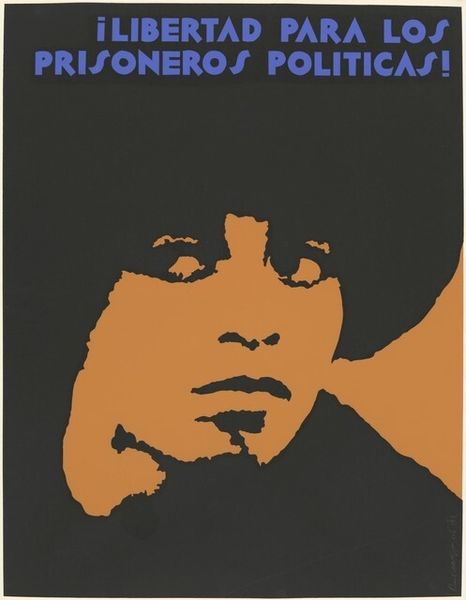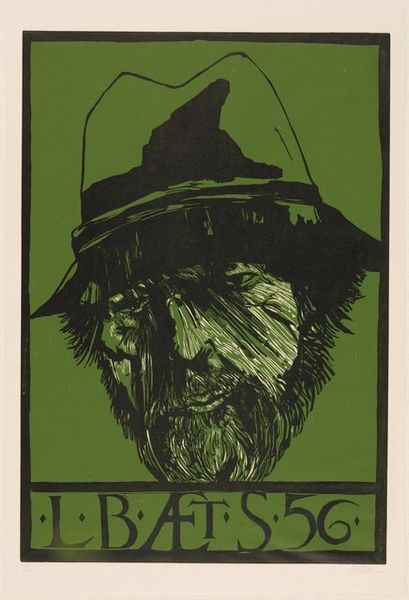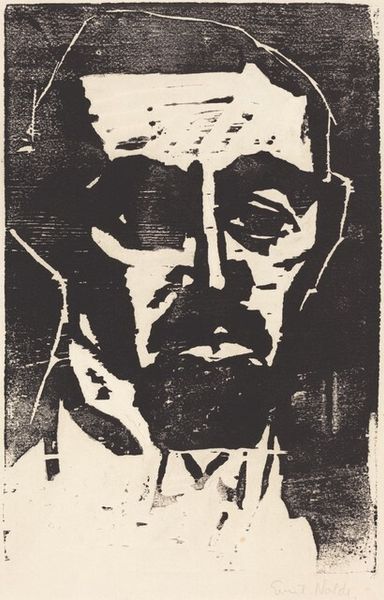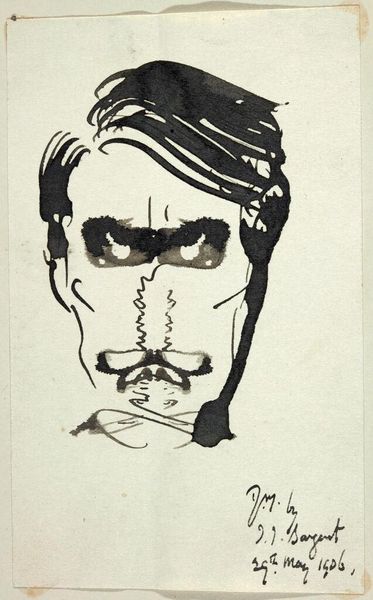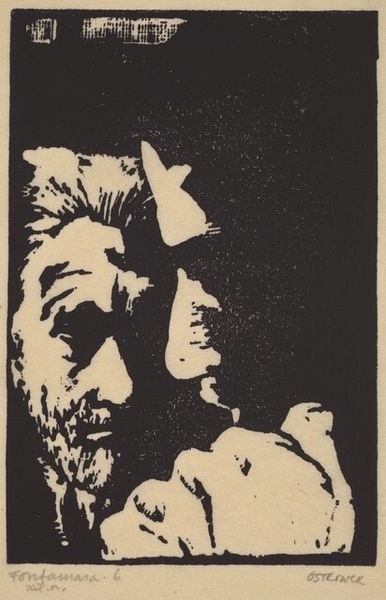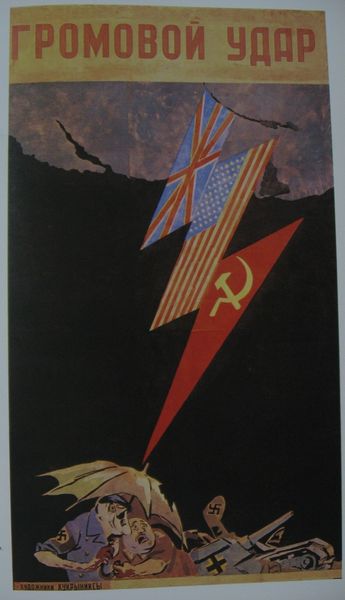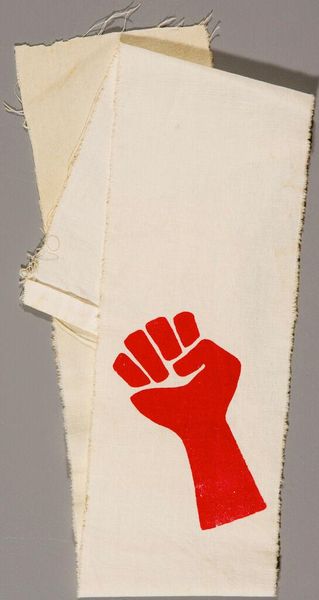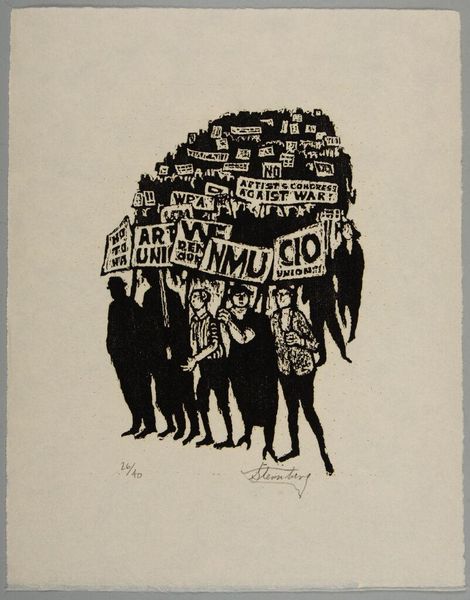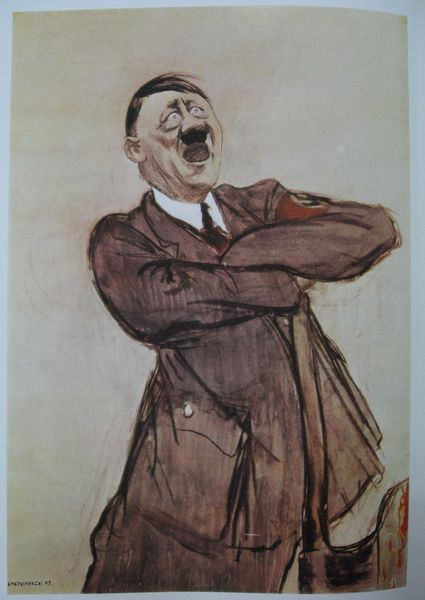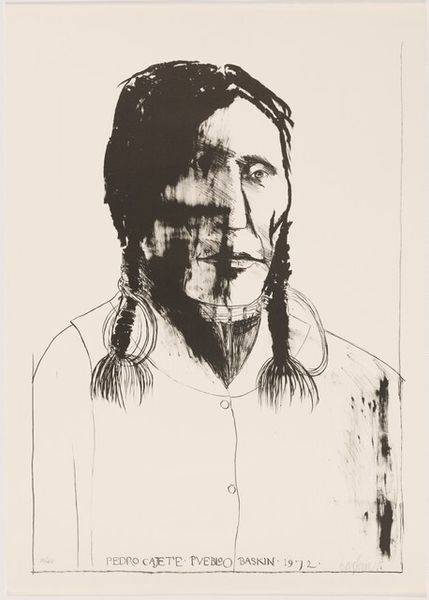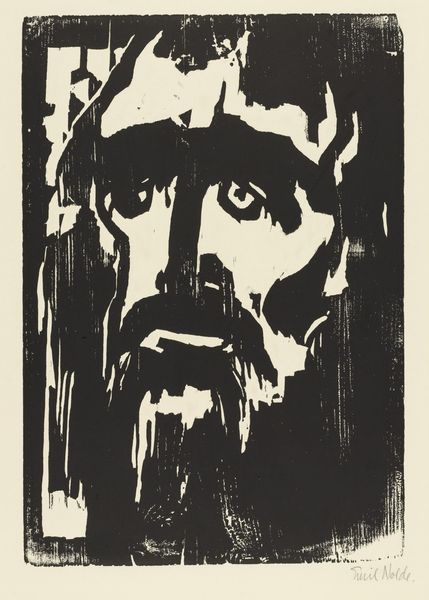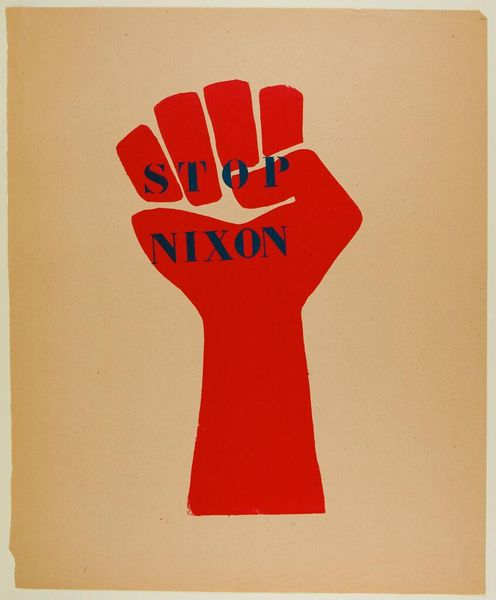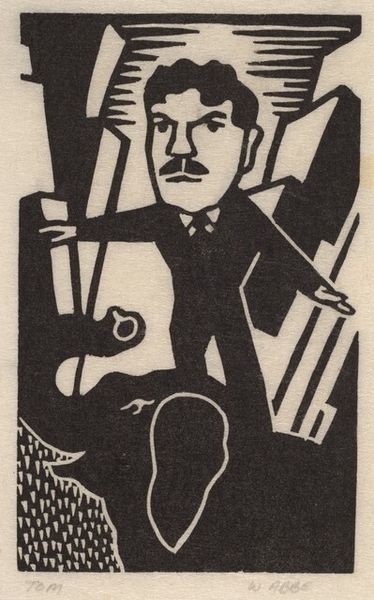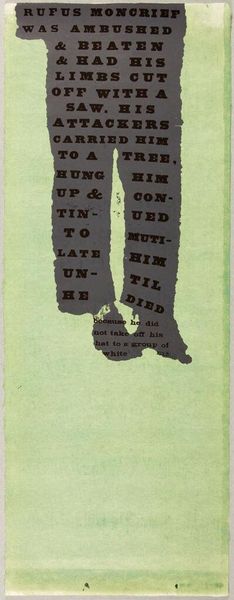
graphic-art, print
#
portrait
#
graphic-art
# print
#
social-realism
#
pop-art
Dimensions: image: 50.8 × 30.8 cm (20 × 12 1/8 in.) sheet: 59.06 × 40.64 cm (23 1/4 × 16 in.)
Copyright: National Gallery of Art: CC0 1.0
Curator: Rupert García's 1968 print, titled "Right On!", presents an instantly recognizable figure. What's your immediate read of this graphic work? Editor: Visually, it’s striking—stark black and white, the face iconic, the bold stencil lettering… but immediately I wonder: “Right On!” for whom? And at what cost? It feels like a reclamation. Curator: The power of stark contrast cannot be ignored. Note how Garcia, employs a limited palette—yet his rendering results in an image with immense presence. Semiotically, the portrait references popular silkscreens and advertising. How might the starkness of the palette enhance the graphic impact? Editor: It leverages the visual language of revolution. Think about protest posters, agitprop—high contrast equals accessibility and replicability, crucial for disseminating a message. But it's also Pop Art critiquing the commodification of revolution. Curator: And in terms of its formal structure, how do you think it functions? I am interested in how he reduced the face to flattened planes. The texture and expression derive simply from solid black ink. Editor: He has deliberately simplified Che Guevara's image, making it more like an emblem than a realistic portrait. But isn't that part of the problem, right? Reducing a complex historical figure to an easily digestible, and therefore, easily marketable symbol? Think of the problematic implications of consumerism of revolutionary figures that erase histories and further colonial patterns of othering the radical figure. Curator: These concerns are, perhaps, central to experiencing it as the politically-charged visual object that it is. Thank you for elaborating on this crucial context for this print. Editor: My pleasure, and hopefully, these dual frameworks of reference underscore just how significant it is to analyze not just an artwork but how it means.
Comments
No comments
Be the first to comment and join the conversation on the ultimate creative platform.
